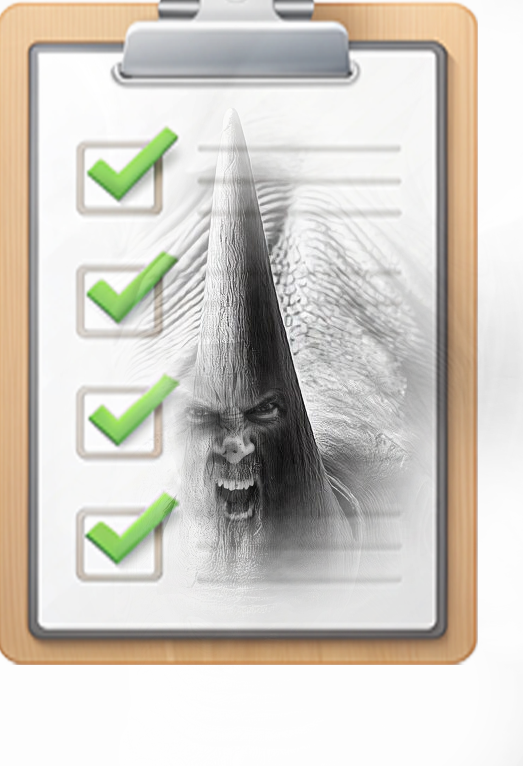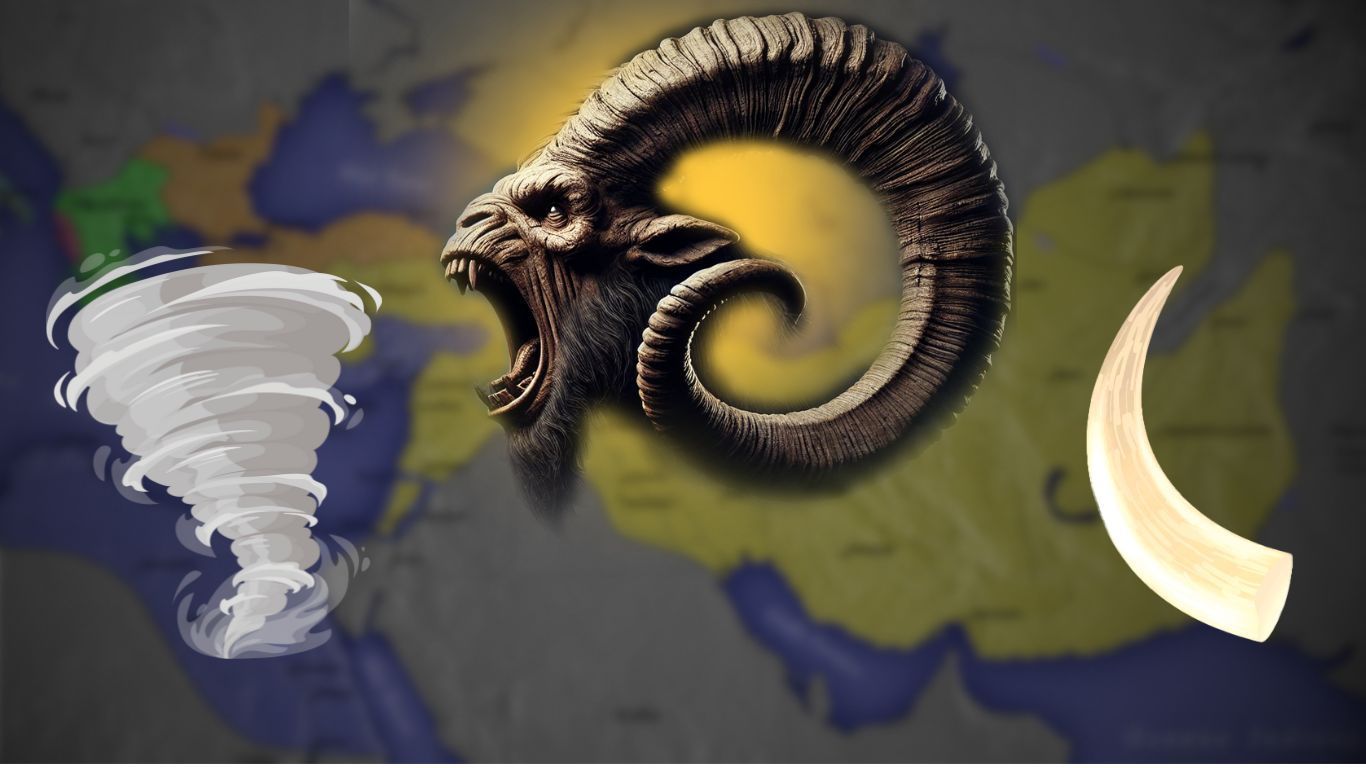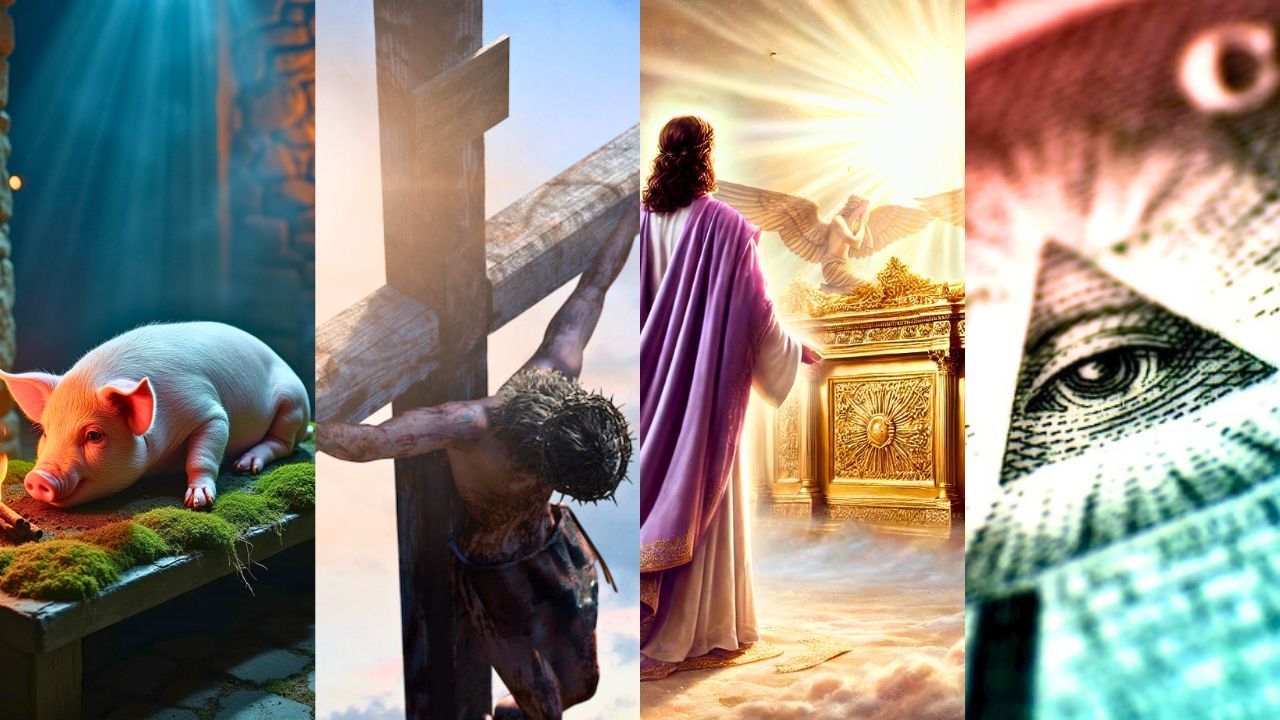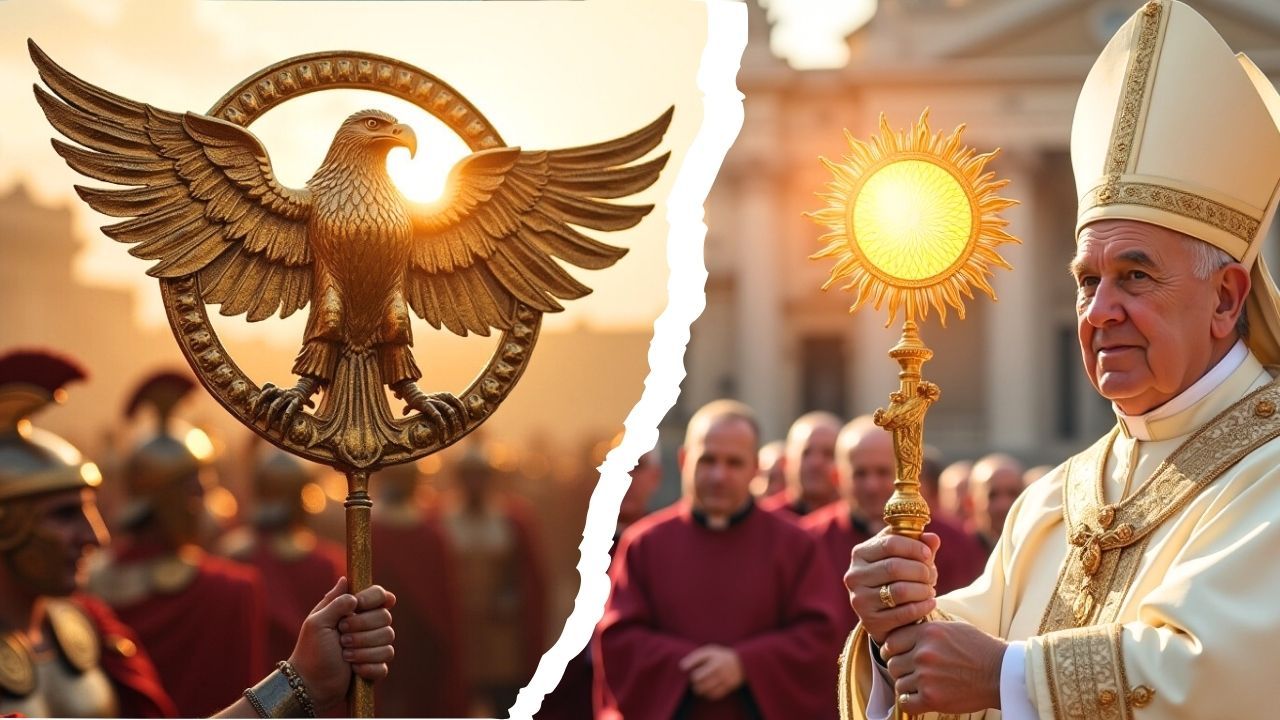The
Little Horn
For Seventh-day Adventists, it is important that we understand what the Little Horn in the Book of Daniel represents. Misinterpreting this one symbol will produce a whole system of bad theology, which is the reason why this page features a whole study on this symbol. In this study, we will analyze the most common interpretations of the Little Horn, but we will also reveal its true Biblical identity.
The
Little Horn
For Seventh-day Adventists, it is important that we understand what the Little Horn in the Book of Daniel represents. Misinterpreting this one symbol will produce a whole system of bad theology, which is the reason why this page features a whole study on this symbol. In this study, we will analyze the most common interpretations of the Little Horn, but we will also reveal its true Biblical identity.
The
Little Horn
For Seventh-day Adventists, it is important that we understand what the Little Horn in the Book of Daniel represents. Misinterpreting this one symbol will produce a whole system of bad theology, which is the reason why this page features a whole study on this symbol. In this study, we will analyze the most common interpretations of the Little Horn, but we will also reveal its true Biblical identity.
And out of one of them came forth a little horn
The Little Horn
Checklist
In order to understand who the Little Horn is, you must use this checklist.
horns or winds?
Did the Little Horn arise from one of the horns of Greece or one of the winds of strife in the Greek Empire?
Who waxed exceeding great?
A review of Antiochus Epiphanes, Imperial Rome, the Papacy, and Islam to see which matches the prophecy in Daniel 8:9.
The Papacy and the Pleasant Land.
In this study, you will see a transition from Pagan Rome to Papal Rome occurs when the text refers to something called the Pleasant Land.
how the Papacy stomped on the host and the stars?
The Papacy, as the Little Horn, is said to have waxed great towards the host and star. What does this mean?
Analyzing the most common views of the Daily Sacrifice
Some say the Daily represents Paganism; others say it's Christ's heavenly Ministration. Which interpretation is right?
The True Meaning of the Daily Sacrifice
In this study, you will learn the true meaning of the Daily Sacrifice.
The True Meaning of the Abomination of Desolation
In this study, you will learn the true meaning of the Abomination of Desolation.









